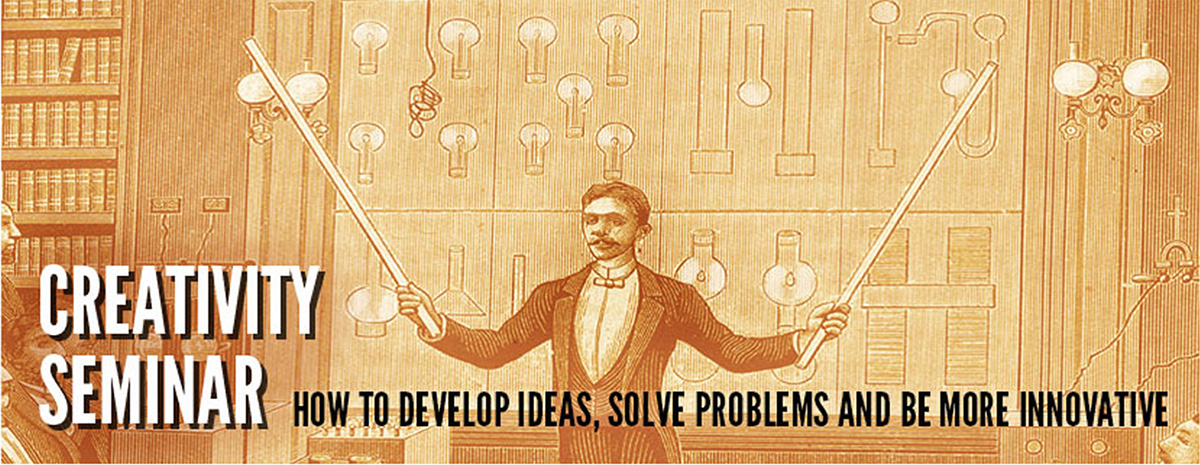 In Sloan Mangagement Review, Josh Hyatt explores how brainstorming teams are often unable to identify which of the concepts they've developed is best. So engrossed in the ideation, they lose perspective on the second, perhaps most critical, part of the creative process: selectivity.
In Sloan Mangagement Review, Josh Hyatt explores how brainstorming teams are often unable to identify which of the concepts they've developed is best. So engrossed in the ideation, they lose perspective on the second, perhaps most critical, part of the creative process: selectivity.A recent university study explored what differentiates brainstorming sessions that produce a single "A+" idea from those that produce multiple "B" ideas. The coauthors of the paper are Karan Girotra, a professor at INSEAD, and Christian Terwiesh and Karl T. Ulrich, both professors at the University of Pennsylvania.
"Existing research [on brainstorming] often focuses on how many ideas groups come up with, as opposed to evaluating the merit of those ideas. It turns out that brainstorming groups "are very bad at evaluating ideas," according to Terwiesch. "Certain members will get hung up on certain ideas, and often there is a strong personality whose opinion will dominate."The complete article is available at here. (Image source: InnovationTools)
To combat this dynamic, the authors, in their research, split people into two groups: those generating ideas and those assessing them. After a group came up with new product ideas, researchers asked as many as 20 outside experts to subjectively assess the concepts.
Two types of groups generated ideas. One followed a traditional model, assembling a group - in this case, students studying product design - and having them come up with appropriate product ideas for dorm rooms. They worked solely in a group. The other group took a hybrid approach: Those students worked on ideas by themselves before coming together to share their thinking.
Which technique yielded the best ideas? Strictly speaking, the traditional brainstorming groups came up with the very best ideas. They also came up with the very worst ones. In other words, their results' quality varied much more than did the hybrid group's results. The hybrid group produced more ideas that were, on average, of higher quality. But, as Girotra notes, "when it comes to innovation, the extremes are what matter - not the norm and not the average." So, if both groups work for the same amount of time, the traditional brainstorming team "significantly outperforms" the hybrid group when it comes to producing the best ideas, according to the authors.
This finding contradicts most existing literature on the subject, which tends to conclude that while working in teams is more satisfying, working alone generates the most effective ideas."
